Shalimar Eau de Parfum by Guerlain Review
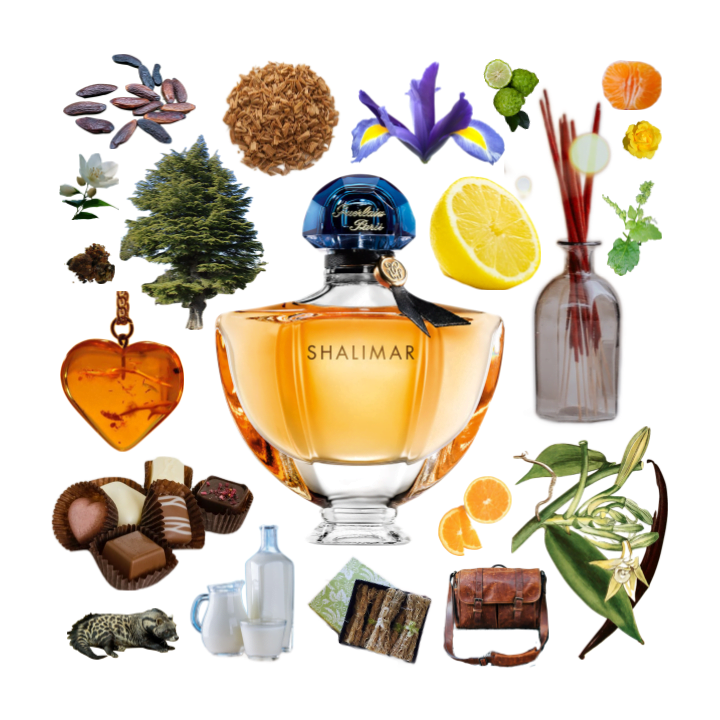
Colonialist Orientalism really got the entire Western perfume world fawning over a bottle of two-dimensional balsam of Peru with stale vanilla, huh?
Tastes differ, and Guerlain’s Shalimar might have been somewhat original in its day — at least, for the European palate — but I don’t see anything that makes this fragrance notable, interesting, or good today, except if you’re fond of flat, boring interpretations of balsam of Peru incense.
If you’ve smelled balsam of Peru, you take a whiff of Shalimar and try to tell me that isn’t at least 80% of the fragrance profile. It’s the cheapest incense scent, common in many parts of the world. It’s a single standalone note at the heart of Shalimar — at least on me.
Like in his sunny eponymous Vetiver, Jacques Guerlain attempts to highlight various facets of the central note by blending various complimentary fragrances. In Shalimar, however, this is done clumsily, with no balance or cleverness in the design and creation of the note pyramid. If this were marketed and sold as a cheap incense quasi-soliflor, I might have accepted it for what it was and given it more grace, but this fragrance bears the name of one of the finest royal gardens in the world.
(Of course, nothing in this fragrance is remotely garden-like; the fairy tale of Shalimar is woven extraordinarily clumsily out of 1920s fetishizing orientalism. Guerlain should have continued calling this No. 90, a name that Shalimar carried in the midst of a legal dispute with another perfume house. I believe that name served it well: forgettable and bland. But I digress.)
At least genuine balsam of Peru oil has fascinating dimensions and life to it; it is the essence of a smoky marshmallow campfire in a bottle; it clings to your face and hair and clothes for days; it’s cloying and smoky and woody and intoxicating. Maison Martin Margiela’s By the Fireplace plays with these dimensions quite well. Even though it leans pretty heavily on balsam of Peru in the opening, the rest of the notes tug on and draw out various parts of the accord, keeping things interesting.
Rather than accenting all of these facets, however, Shalimar crushes them flat into a playdough-sweet, too-sharp vanilla smog. There’s genuinely nothing enchanting or exotic or mysterious about it: it’s balsam of Peru, rather poorly done.
There is something rather too sharp in the opening minutes of Shalimar, but it’s difficult to describe the temperament and nature of the sharpness. I think it’s a harsh and unconvincing edge to the balsam smoke, along with the general unnatural atmosphere of every note within the fragrance.
I whiff deeper and deeper, trying to get those crackling fire nuances of the balsam, and all I get is… a weird lemony toilet cleaner top on the aforementioned balsam of Peru body. It’s inoffensive, but utterly confusing and dull. Maybe there’s other citruses here too, bergamot and mandarin orange, but the effect is that of lemon, lemon, and more squeaky cleaning-product lemon.
There’s a floral accord in the middle of this here too. Hints of unremarkable rose and iris float in and out of Shalimar. There’s nothing about them that’s particularly of note. These feel like standard “sure, let’s throw some florals in, why not” flowers. I can find very little to remark on regarding their qualities.
Considering the hokey “generic Middle Eastern” aesthetic of everything about Shalimar, I might have suggested a deliciously musky, soulful attar rose with an almost-honeyed center, calling back to the classic rose-and-oud fragrance oils of the East. I find no such impressive qualities to the rose note here, however. The florals seem to be an afterthought of this amber perfume, carelessly constructed and abandoned in the heart of the scent.
Some iris powder adds to the general mature feel of the fragrance. It isn’t overwhelmingly powdery; the powderiness supports the oddly musty interpretation of balsam of Peru making up the soul of the amber in Shalimar.
I’m not sure who would want to smell like this, save for some sort of nostalgia. The citrus-cedar accord is bathroom cleaner, and the brief flash of florals is bizarre. The development of Shalimar is haphazard and inconsistent, with quick, empty side quests into the worlds of fruit or flowers ending with a speedy scurrying back into the land of artificial vanilla smoke.
This feels bizarrely dated on me, but I wear all sorts of things others might call dated (Guerlain’s own Mitsouko, for instance) so I won’t say too much about “old lady perfume”: if you like it, wear it, regardless of age. However, now when I see jokes about men who wear Shalimar, I’m left wondering: why would any man or woman, or anyone else, actually want to smell like this? I simply don’t understand the appeal, but I suppose tastes differ.
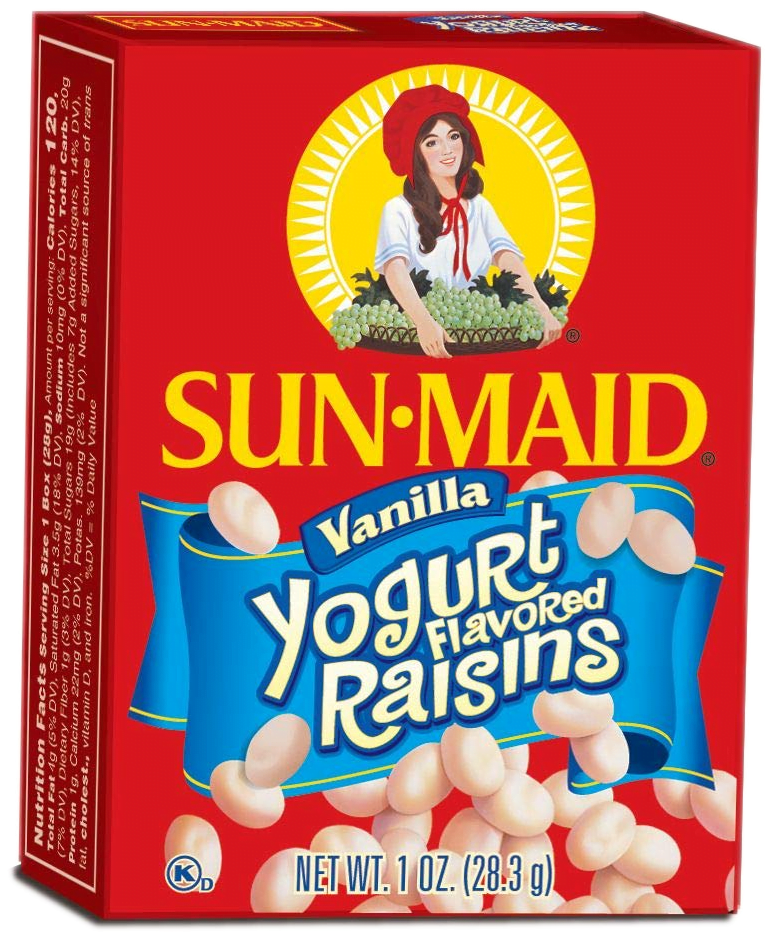
Just like the central balsam of Peru accord, the highlights of Shalimar are top-heavy on sweetness that is doughy and artificial rather than all-consuming and heady. In its best moments, the heart of Shalimar is vanilla in a way similar to vanilla yogurt — or, rather, to that yogurt-based candy coating used on raisins and the like. This sweet gourmand nuance, with an almost lactonic backdrop, is interesting and not unwelcome, albeit one-dimensional in its utterly uncomplicated sweetness.
As its life continues, Shalimar exits the yogurt phase and enters the chocolate room spray phase. The Hershey Lodge is a hotel that pipes all of its rooms and corridors full of a room spray meant to smell of Hershey chocolate; instead, it smells ambiguously of vanillin and cheap smoky incense ingredients, creating a chemical illusion of cacao that might be convincing only to a child who has never smelled it before.
It’s not remotely realistic even in a perfume-y way (like the chocolate in Tom Ford’s Black Orchid). Rather, it’s the unlikely result of a concoction of sweet sandalwood, lots of vanilla and tonka bean, intensely smoky-sweet opoponax resin, and good ol’ balsam of Peru.
Funnily enough, that comically unconvincing room spray is a scent I’m rather nostalgic for, and I’m shocked how well Shalimar hits the nail on the head for it all the way into the drydown. If you can imagine a weird hotel room spray concoction that’s trying to be a chocolatey gourmand but really smells like plasticine vanilla and chemical smoke, along with an ambiguous brown candy smell, this is it.
This is the drydown of Shalimar. The most interesting thing about it is the strong, comforting tonka bean, along with the slightly warm, slightly spicy hint of sandalwood. If the balsam of Peru is still the backbone, in the drydown, those two notes are Shalimar’s two legs, and they are comforting and sweet, if crude and one-dimensional.
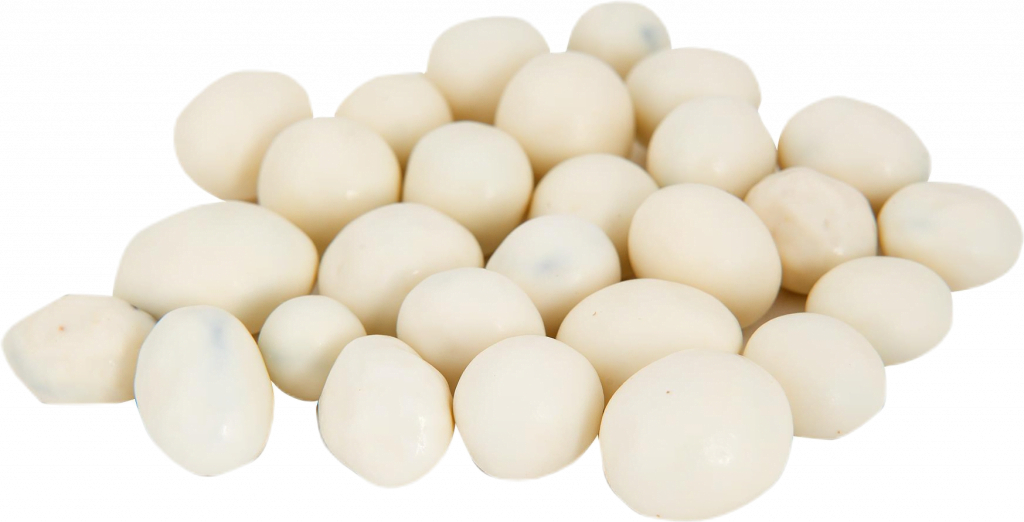
Overall, I find Shalimar to be unbalanced and dull, with some bizarre and unappealing spikes and a few comforting ingredients in its late stages. At its best, this is sweet and simple on me. That’s all. It’s a classic only because it has happened to have survived this long.
I feel like I ought to have more to say about one of Guerlain’s most popular and lasting perfumes, but I simply don’t. There’s very little here that strikes me as interesting or complex, at least on my skin. This is just an odd balsam-of-Peru-heavy sweet amber scent. It doesn’t strike me as particularly groundbreaking or fascinating.
The most notable thing about Shalimar is the lasting eyeroll-worthy Orientalism of the name and marketing. This is what happens when a Westerner gets their hand on an extremely common incense note and thinks he’s discovered something no one’s ever smelled before.
Nothing in Shalimar is original or new, nor does it feel like an improvement on its resinous amber Eastern inspirations. On me, this is a smoky chemical and musty cheapening of a common incense note with a heavy side of lemon-cedar floor cleaner. Perhaps there’s something leathery in the base, but it’s hardly noticeable, eclipsed by a vast expanse of vaguely chocolate-y hotel room spray.
The intense resinous sweetness of opoponax that shines in this last phase is slightly interesting and unusual in the world of Western perfumes, but in the context of the rather harsh and cloyingly sweet amber accord, it doesn’t come across as something natural, but as an alien sort of artificial sweetener.
The effect of the entire composition on me is of something musty rather than musky, staid and stale rather than stylish and strange.
Perhaps on you Shalimar is something more than that. If that’s the case, please, by all means, enjoy it. But I can’t help but feel that Shalimar is an Emperor’s New Clothes experience. Is there really something here that’s groundbreaking, or have we just been parroting that to each other since its release?
I’ll admit I do have a bias here. I’d likely feel less vitriolic dislike towards Shalimar — though I still certainly wouldn’t like it — if it hadn’t birthed the racist caricature that is the “oriental” perfume genre. As it were, this was the perfume that started a trend of creating resinous amber perfumes and billing these as an “oriental” artifact of the mysterious, exotic, sensual world that is Asia. It’s credited with creating the entire genre of “oriental” in Western perfumery.
And don’t get me started on the marketing of Shalimar in particular. The name, the ridiculous origin story (“the passionate love story between an emperor and an Indian princess?” Really?), the constant depiction of it as the very definition of raw carnal desire, of something exotic…
It’s all quite othering and dehumanizing. It reduces an entire side of the planet made up of dozens of distinct cultures into a homogenous horde of sex-crazed emperors and princesses.
And yet, even today, brands like Guerlain and Chanel still go all-in on the “oriental” thing. There have been countless opportunities to quietly rebrand, to ditch words like “oriental” and “exotic,” to compose more respectful origin stories, to ditch the weirdly-sexual-even-by-perfume-standards marketing, but they haven’t budged.
In 2013, Guerlain went so far as to release a short film titled The Legend of Shalimar, portraying the fragrance’s origin story. It’s mostly shots of a blonde-haired, blue-eyed white actress who serves as our love interest, who’s practically naked throughout the entire advertisement — sorry, I mean film.
Towards the end we get to see our male hero as well, the so-called sultan, who is — you guessed it — a white guy. By the end, we’re practically watching this pair of white people in European attire fornicating on a backdrop of silks and jewels in an ornate stone palace. Occasionally interspersed are shots of actual Asian people doing Asian people things, like leading a herd of elephants through the mountains and playing traditional instruments. Oh, and the servants attending to our precious blonde princess are Asian too. No, I’m not making this up. You can watch the whole thing here:
Are you kidding me?
It’s apparent that big fashion brands aren’t bothered about the racism inherent to the so-called “oriental” genre, from its name to its marketing. The mature white ladies who adore Shalimar certainly aren’t bothered about it. It’s probably going to continue to be sold like this as long as it exists.
Perhaps what’s most insulting about Shalimar and similar so-called oriental perfumes is that it’s enormously dull. Not only is its marketing racist, but it also just kind of sucks. This is nothing even close to a worthy ode to the rich perfume cultures of the Middle and Far East. People in those regions were making breathtaking perfumes back when your average European bathed once a year. To reduce all that to some flat caricature of vanilla, resins and incense smoke isn’t just offensive to a group of people. It’s also an insult to the rich history and culture of fragrance.
So perhaps I’m more critical of Shalimar than I would be had it foregone the whole “oriental” thing. The fact remains that it’s an incredibly dull opus on incense, without depth or dimension. Here is a notorious example of a fancy high-fashion Frenchman stomping all over rich and ancient perfume cultures, producing a cheap and bastardized caricature, and being credited with inventing a genre.
Tastes and opinions may differ, but if you ask me: Shalimar is offensive, musty, and, above all, almost criminally boring. It doesn’t feel like Guerlain quality and it doesn’t justify the Guerlain price. It’s cheap and watered-down incense and very little else.
Looking at the marketing and history, though, I don’t know what I expected.
Where to Find Shalimar Eau de Parfum by Guerlain
You can find full bottles of Shalimar EdP at Palm Beach Perfumes, HottPerfume and StrawberryNet.
These are affiliate links. If you click on them and buy something, the seller pays me a commission, at no extra cost to you. You can learn more about them here.

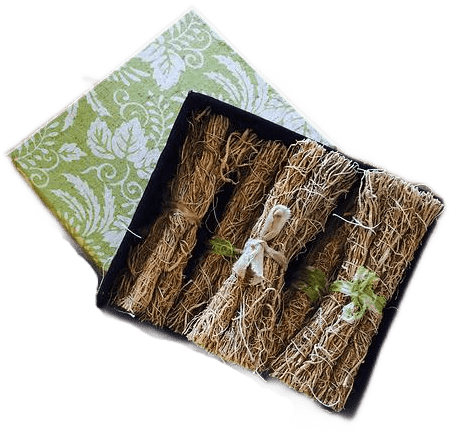
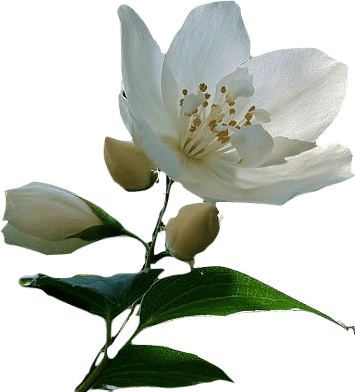
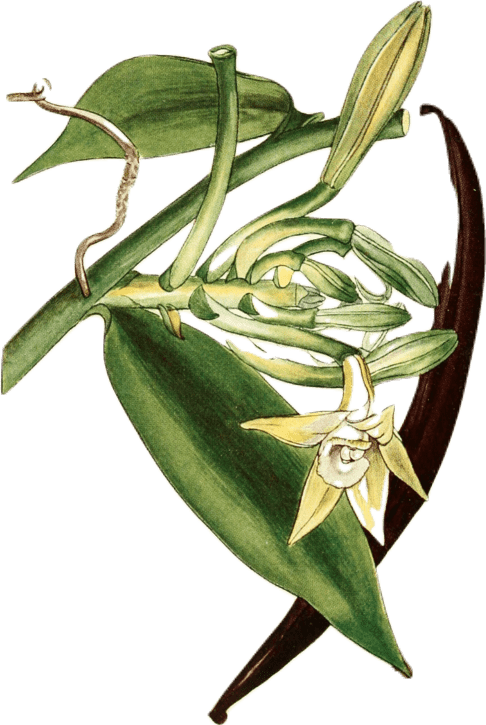

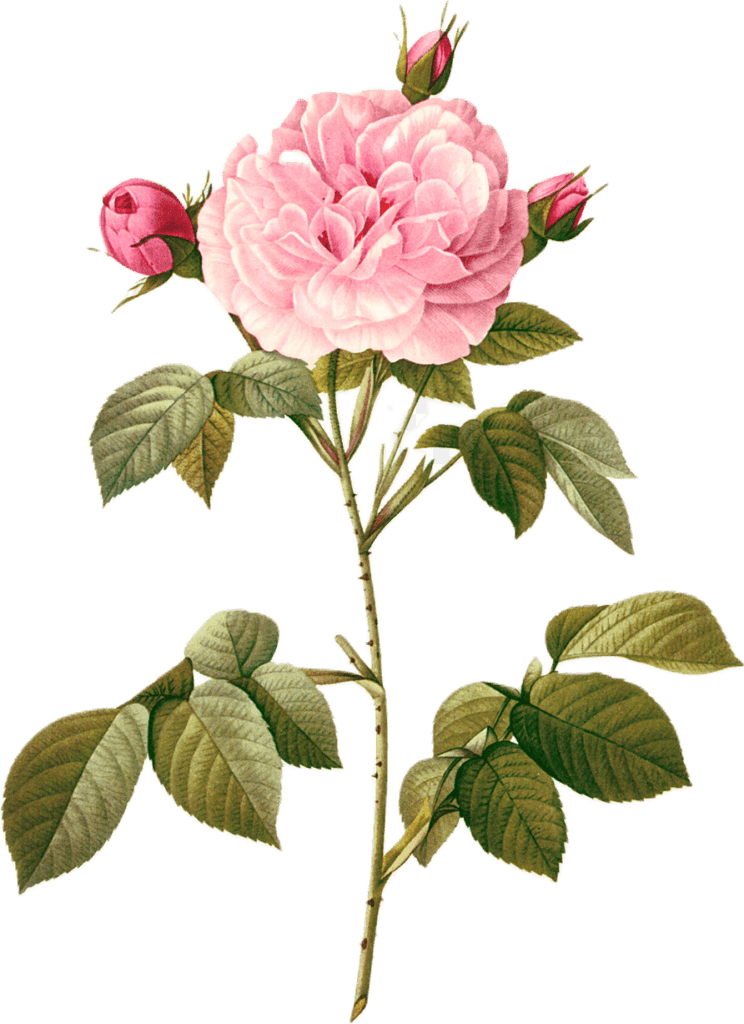

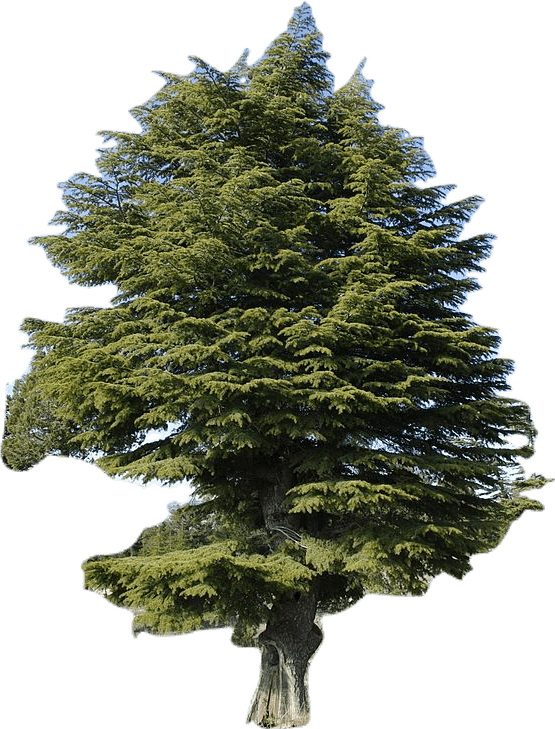
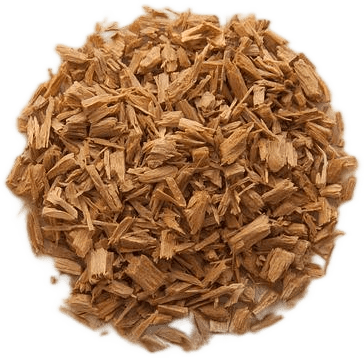



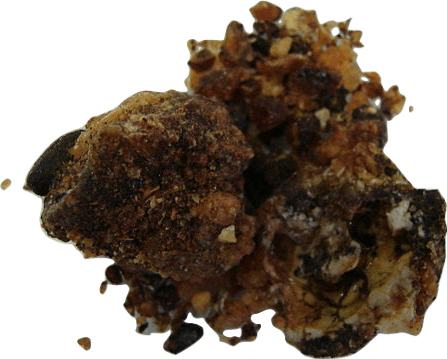
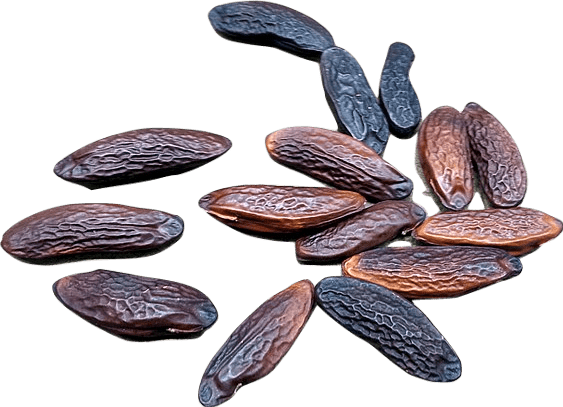
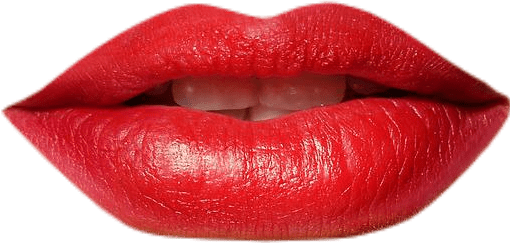
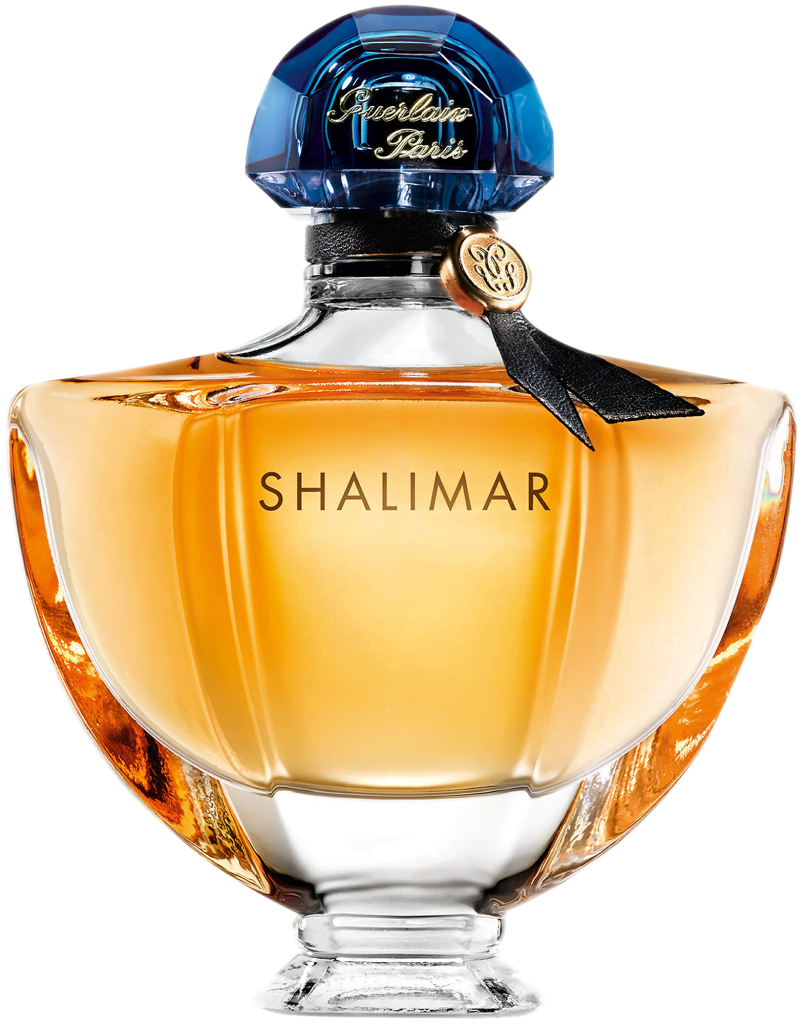
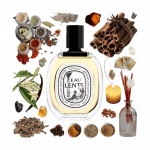
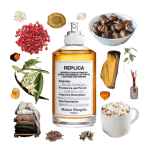
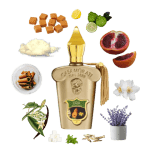


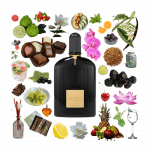
Well said. I’m currently enamored with all versions of this perfume but I still enjoyed your review, and I appreciate the critique of the brand’s blatant and continual exoticism.
Thank you! I am glad you’re enjoying Shalimar, truly — I think it’s just never felt particularly impressive on my skin chemistry, but I know it’s iconic and beloved of many.